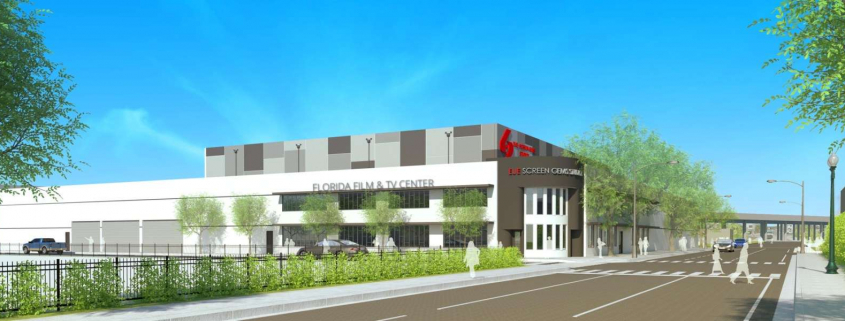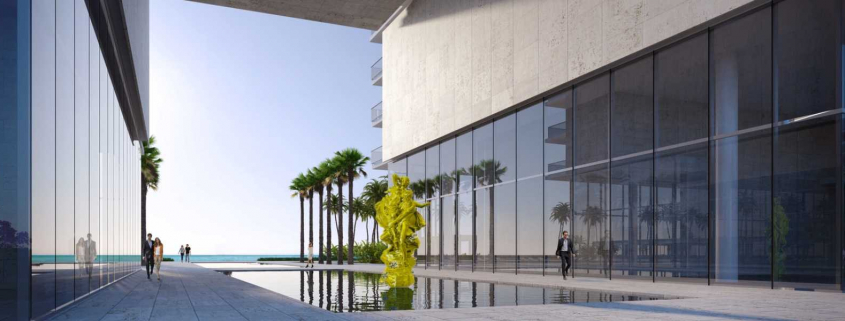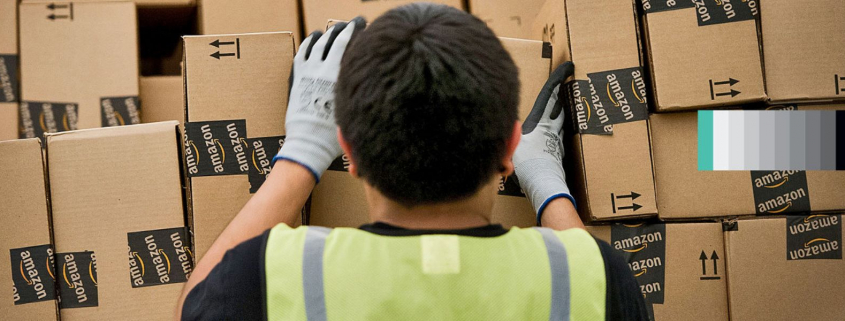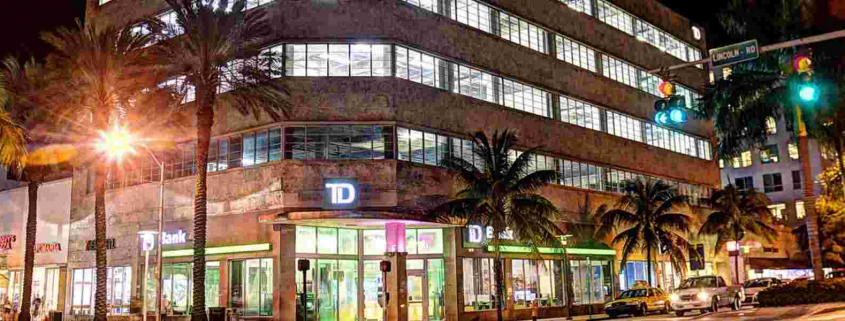Rodolfo Ishak has had plenty of opportunities to launch his first condo project in Miami during boom cycles of years past, but he feels now is the perfect time.
Having completed more than 40 projects in his native Brazil, Ishak is making his Miami debut with Krystal Tower, a 35-story, 153-unit project at 530 N.W. First Court. It launched sales in November, starting at $342 a square foot, with an average price of $450 a square foot. It will also include 5,500 square feet of commercial space.
The property currently has a five-story shell of a project that stalled during the recession. Ishak’s company will build atop that structure. He plans to launch construction once presales reach 50 percent, he said.
Ishak and sales director Roderyck Reiter said his company and his experience has reached a level where he feels comfortable to come to Miami, a market that’s more conductive than in Brazil. His reservations are evenly divided between Brazilians and Venezuelans. Both countries are suffering from economic problems and the weakening of their currencies against the U.S. dollar.
“It has helped us in Miami because of the instability and insecurity of the economy in both countries,” Ishak said. “People who have the capital want to take their capital to a safe market like this. … It’s like a savings account to them. If they keep it in their country, they will lose value on inflation.”
Ishak said his goal with Krystal Tower is to offer the amenities residents would expect at a luxury building at a lower price point. It helps that he paid only $3.5 million for the property, compared to the tens of millions of dollars that other developers paid to obtain land near downtown Miami.
- $108 million – Price paid by Stiles and Prudential Real Estate Investors for New River Center. The 281,713-square-foot office tower is at 200 E. Las Olas Blvd. in Fort Lauderdale.
- $279 – Price per square foot for KAR Properties’ $12.5 million purchase of a 1.03-acre site in Miami’s Wynwood neighborhood.
- 57,012 – Square footage of C-G of South Florida’s warehouse at 6865 N.W. 36th Ave. in Miami as it faces a $2.5 million foreclosure lawsuit from Ocean Bank.
- $11.5 million – Price Origin Behavioral HealthCare paid for the 90-bed Hanley Center, a substance abuse facility in West Palm Beach.
Source: SFBJ















